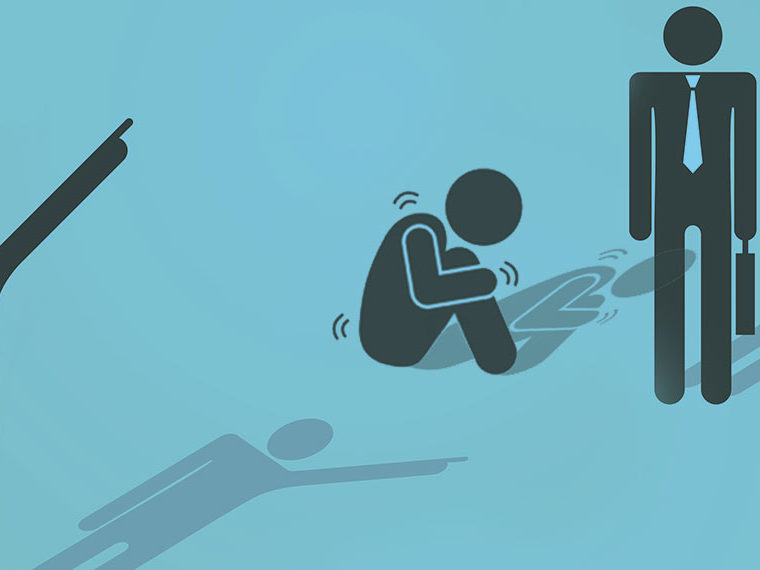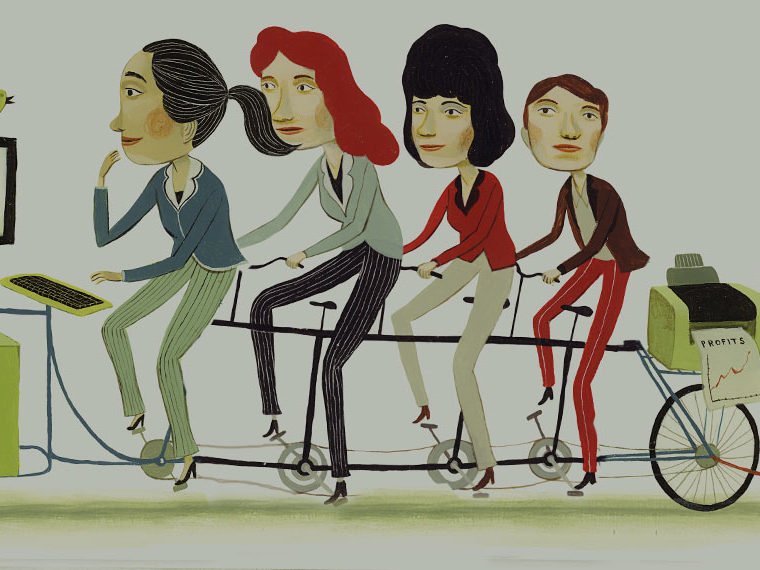NASA employees engaged when it was clear their bosses were on board
Ask rank-and-file employees, and you’ll find they have lots of ideas for improving their organization. So, many employers have set up online crowdsourcing programs in which employees can collaboratively innovate or merely ask questions for their colleagues’ input.
But it’s often hard to get people to participate. Most workers are busy with their regular tasks, and it isn’t always clear that supervisors actually support the practice, especially if it means their staffers are spending time to help out another department.
UCLA Anderson’s Jana Gallus — who has written widely about the use of awards and other incentives — and Harvard’s Olivia S. Jung and Karim R. Lakhani wanted to see whether the prospect of public recognition would encourage more workers to take part in internal crowdsourcing programs. And if it does work, does the kind of recognition matter?
Opt In to the Review Monthly Email Update.
Using a field experiment at the U.S. National Aeronautics and Space Administration, or NASA, they found that recognition can, in fact, increase employees’ willingness to participate — but only if it comes from their manager. Other incentives, such as spotlighting the contributions with one’s co-workers, weren’t as effective at getting people to take part.
NASA, of course, is a tradition-bound hierarchical organization, with roots in the military. Very different, say, than the ultra-flat organizations one finds among technology startups and other newer companies.
At NASA, “The prospect of being formally recognized in front of management for their contributions gave workers a chance to be seen by management,” the authors write in a working paper. “It seems to have alleviated their concerns around the legitimacy of platform engagement.” The results suggest incentives around a crowdsourcing program should mirror the general culture of the organization.
Internal crowdsourcing has become an increasingly popular way to generate ideas for new products, improve hiring practices or identify solutions to technical problems. For example, AT&T used a suggestion from a call center employee in developing DriveMode, which sends automated text replies when the recipient is behind the wheel.
Suggestion programs not only can generate useful innovations, they also can help engage employees across an organization and help them learn about organization-specific initiatives and practices.
For the NASA study, the researchers considered a program at the space agency called NASA@WORK. Through a website, employees can post questions or problems, and anyone in the organization can respond.
Of the 7,455 potential NASA@WORK users in the study in 2017, 48, or 0.6%, had posted a challenge and 76, or 1.0%, had offered a solution to a problem. Less than 40% of those with registered accounts had visited the platform in the six months before the experiment.
To understand how levels of engagement might be increased, the researchers conducted interviews with employees and contractors. The interviewees, they found, were concerned that taking part in the program didn’t have clear support of management and that its peer-to-peer approach didn’t fit with NASA’s usual hierarchical way of tackling problems. They also worried that any time spent with NASA@WORK took time away from their core assignments.
“We essentially don’t get paid for it,” one said. “It has to be something we have to fit into our normal work, put on top of our normal work or do it on our own time.”
The researchers then ran a field experiment. In emails, groups of NASA@WORK users either received a reminder email about visiting the platform (if they were in the control group), or they were told that their contributions (for example, posting a question or a solution) would be recognized. The recognition came in three possible forms: People in the managerial recognition group were told that their managers would be notified about their valuable contributions and demonstrated skills; those in the offline peer recognition group were informed that they would receive a NASA@WORK pin and a small certificate; and people in the online peer recognition group were told that they would be recognized in an online NASA@WORK bulletin and inducted into the program’s virtual Hall of Fame.
Those who were offered managerial recognition were significantly more motivated and likely to return to the site. Follow-up interviews suggested that the message was motivating because it gave employees a prospect to be seen by management, and because it indicated that contributing to the program was a legitimate use of time. “You’re actually doing something that management sees as valuable,” one interviewee responded.
The other messages caused no meaningful increase in participation — with one exception. Support and administrative staff, typically less visible and rarely recognized for their contributions at NASA, had a strong positive reaction to the offline peer recognition. For them, being acknowledged in front of their peers was a powerful motivator.
“I’m on the bottom of the totem pole,” an administrative staffer said. “So I get excited.”
Featured Faculty
-
Jana Gallus
Associate Professor of Strategy and Behavioral Decision Making
About the Research
Gallus, J., Jung, O.S., & Lakhani, K.R. (2020). Recognition incentives for internal crowdsourcing: A field experiment at NASA.






